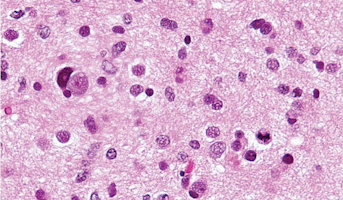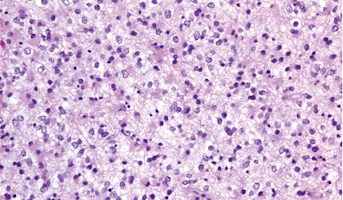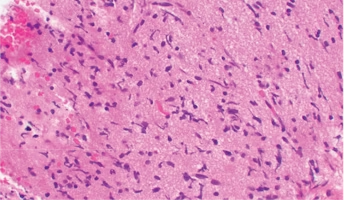David T.W. Jones
D-69120 Heidelberg Germany
Hopp Children's Cancer Center

About
Group leader "Pediatric glioma research"
Hopp Children's Cancer Center
Our research in the area of HGG & DIPG aims at understanding the heterogeneity both within single tumors and between individuals, to identify the most important patterns of alterations in the cellular machinery. We then try to recapitulate these changes in model systems, in order to understand their contribution to a cell becoming cancerous and also to test new therapies in a rationally targeted manner.
All of the work being conducted in the lab is based on the application of cutting-edge genomic (next-generation DNA/RNA sequencing), epigenomic (DNA methylation, ChIPseq), and functional technologies (CRISPR/Cas9, somatic gene transfer models) to enhance our understanding of the biological underpinnings of pediatric brain tumors.

Hopp Children's Cancer Center
research
Interests

High-Grade Glioma
High-grade Gliomas (HGG) or astrocytomas in children nearly always result in a dismal prognosis. Although novel therapeutic approaches are currently in development, preclinical testing has been limited, due to a lack of pediatric-specific HGG preclinical models. These models are needed to help test

Low-Grade Glioma
Low-Grade Gliomas also called astrocytomas are the most common cancer of the central nervous system in children. They represent a heterogeneous group of tumors that can be discovered anywhere within the brain or spinal cord. Although surgical resection may be curative, up to 20% of children still su

Diffuse Intrinsic Pontine Glioma
A presumptive diagnosis of DIPG based on classic imaging features, in the absence of a histologic diagnosis, has been routinely employed. Increasingly however, histologic confirmation is obtained for both entry into research studies and molecular characterization of the tumor.[5] New approaches with

